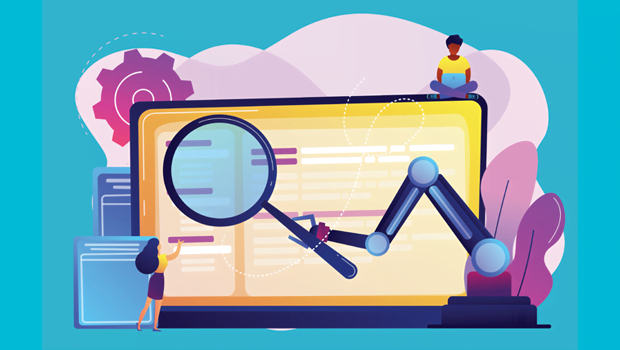The broad accessibility of artificial intelligence (AI)-based technology is transforming how business is done. The term “democratization of AI” refers to the trend of making AI technologies – in industries from airlines to finance – more unrestricted, affordable, and user-friendly for a wider range of users, regardless of their formal technology training. AI has tremendous potential in the enterprise to drive innovation, increase efficiency, and improve decision-making.
Change at the speed of cloud
One of the most notable drivers of AI accessibility is the rapid advancement of cloud computing. The rise of cloud-based AI services has made it much easier for organizations to access and use AI technologies.
No longer is AI reserved for business’s elite. Whether you want to transform your business or disrupt your industry, AI tools are accessible and applicable across industries and do not require as much technical knowledge to deploy as in previous years – just access to the cloud.
[ Also read Artificial intelligence: 6 tips to get started. ]
One example of a cloud-based AI service is Amazon Web Services (AWS). AWS offers a wide range of AI services, including machine learning, computer vision, and natural language processing – designed for business users of all skill levels.
A practical application of such technology includes tools that enable sales and customer service teams to locate relevant supporting materials at the touch of a button without wading through disparate data sources, thus making sales and customer experience (CX) teams more effective.
Data-driven decision-making
AI’s ease of use is also changing how business leaders make decisions. The expansion of AI-powered tools and platforms for data analysis and visualization makes it easy for business users to extract insights from large, complex data sets and use them to inform decision-making.
For example, the ML-powered platform Buzz Solutions is helping the utility industry monitor and identify potentially dangerous breakdowns in the power infrastructure. The image processing technology helps engineers determine which power line repairs are critical, ultimately preventing major technology breakdowns that cause blackouts and wildfires.
AI innovation also makes it easier for businesses to use advanced analytics and predictive modeling. With AI-powered analytics tools, businesses can gain new insights into hyper-segmented customer behavior, market trends, and operational performance. This can help organizational leaders make better, smarter decisions with customer experience at its core.
Chatbots and automation
In addition to cloud-based AI services and data analysis tools, a growing number of AI-powered applications and platforms are already specifically designed for business users.
For instance, AI-based chatbots have become increasingly popular in the enterprise to automate customer service and support – especially those that craft inputs based on customer responses and improve over time.
These chatbots can be integrated into a company’s existing customer service channels, such as websites and mobile apps, to provide instant, personalized assistance to customers. This has led to increased efficiency and reduced costs for businesses, as well as improved customer experiences and brand loyalty.
The enterprise has only begun to tap into the full capabilities of AI. From scheduling meetings and creating presentations to writing content, AI can significantly increase efficiency, reduce business costs, and free up employees to focus on higher-value tasks and eliminate human error. AI will transform how we complete mundane business tasks across the organization, starting with tasks as simple as search.
AI is transforming the way enterprise organizations operate and compete. By making AI technologies and techniques more accessible, affordable, and user-friendly, businesses can leverage AI to automate routine tasks, make better decisions, and improve customer experiences. The democratization of AI is a key driver of digital transformation and a catalyst for innovation, efficiency, and growth in the enterprise.
[ Check out our primer on 10 key artificial intelligence terms for IT and business leaders: Cheat sheet: AI glossary. ]




